Home>Gardening & Outdoor>Landscaping Ideas>How Long To Water St. Augustine Grass
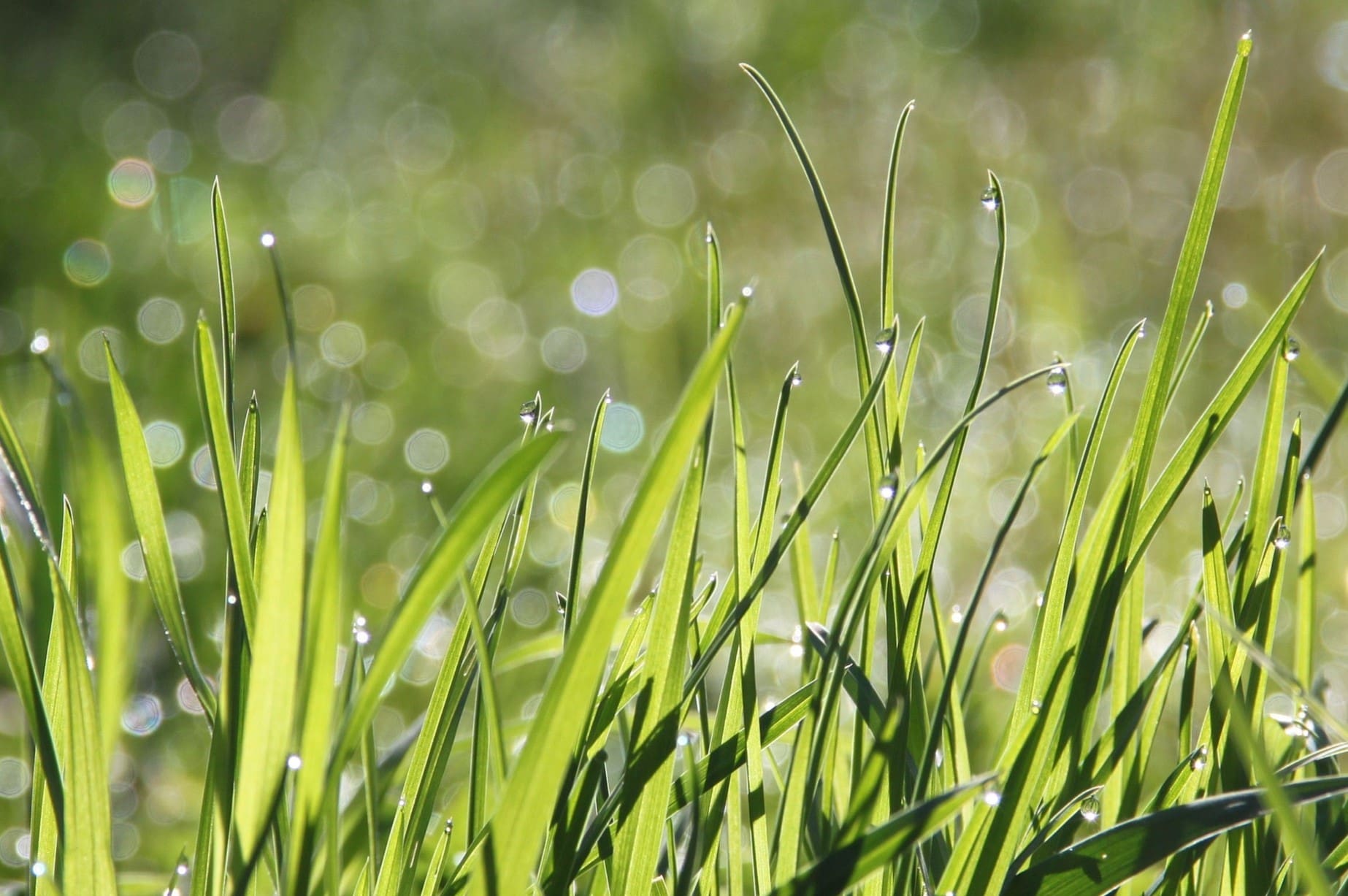

Landscaping Ideas
How Long To Water St. Augustine Grass
Modified: August 18, 2024
Learn the best watering practices for St. Augustine grass to keep your lawn healthy and lush. Discover expert landscaping ideas to maintain your lawn's beauty.
(Many of the links in this article redirect to a specific reviewed product. Your purchase of these products through affiliate links helps to generate commission for Storables.com, at no extra cost. Learn more)
Introduction
Welcome to the world of St. Augustine grass, where lush green lawns and vibrant landscapes abound. As a proud homeowner, you’ve chosen this resilient and visually appealing grass variety to adorn your outdoor space. However, maintaining its beauty requires a delicate balance of care and attention, particularly when it comes to watering.
In this comprehensive guide, we’ll delve into the art and science of watering St. Augustine grass. From understanding its unique characteristics to mastering the ideal watering schedule, you’ll gain valuable insights that will empower you to nurture a thriving, verdant lawn. So, grab your watering can or adjust your sprinklers as we embark on this journey to unlock the secrets of optimal St. Augustine grass hydration.
Key Takeaways:
- Water St. Augustine grass deeply but infrequently, aiming for 1 to 1.5 inches of water per week. Water in the early morning to minimize evaporation and adjust based on signs of overwatering or underwatering.
- Adapt your watering schedule to the seasons, providing more frequent watering in spring and summer and less in fall and winter. This tailored approach ensures a vibrant and resilient lawn year-round.
Read more: How Long To Cut St. Augustine Grass
Understanding St. Augustine Grass
Before delving into the intricacies of watering this resilient grass variety, it’s essential to grasp the fundamental characteristics of St. Augustine grass. Known for its lush, dense growth and vibrant green hue, this warm-season grass thrives in the southern regions of the United States, where the climate is conducive to its optimal growth.
St. Augustine grass boasts broad, flat blades that form a dense carpet, providing excellent ground cover and lending a luxurious aesthetic to lawns and landscapes. Its rapid horizontal growth and robust nature make it a popular choice for homeowners seeking a visually striking and low-maintenance lawn.
One of the key attributes of St. Augustine grass is its remarkable tolerance to heat and humidity, making it well-suited for the sultry summers of the South. However, this resilience comes with specific watering needs to ensure its health and vitality throughout the year.
Understanding the growth patterns, root structure, and overall behavior of St. Augustine grass is crucial in determining the most effective watering practices. By gaining insight into its unique traits, you’ll be better equipped to tailor your watering regimen to meet its specific requirements, ultimately fostering a robust and vibrant lawn that serves as the envy of the neighborhood.
Factors Affecting Watering Needs
When it comes to watering St. Augustine grass, several factors come into play, influencing its hydration requirements. By understanding these factors, you can fine-tune your watering practices to ensure that your lawn receives the optimal amount of moisture, promoting healthy growth and resilience.
- Soil Type: The composition of your soil significantly impacts the water retention and drainage capabilities. Sandy soils drain quickly, necessitating more frequent watering, while clay soils retain moisture for longer periods, requiring less frequent irrigation.
- Temperature: The ambient temperature directly influences the rate of evaporation and transpiration, affecting the grass’s water uptake. During hot spells, increased watering may be necessary to compensate for the heightened moisture loss.
- Sunlight Exposure: Lawns receiving ample sunlight may require more frequent watering, as the heat accelerates moisture evaporation. Conversely, shaded areas retain moisture better and may need less frequent irrigation.
- Establishment Stage: Newly planted St. Augustine grass demands consistent moisture to aid in root establishment. As the lawn matures, the watering frequency can be adjusted to accommodate its evolving needs.
- Seasonal Variations: The changing seasons bring fluctuations in temperature and precipitation, necessitating adjustments in the watering schedule to align with the grass’s shifting requirements.
By taking these factors into account, you can tailor your watering regimen to suit the specific conditions and characteristics of your lawn, ensuring that your St. Augustine grass receives the precise amount of moisture it needs to thrive.
Recommended Watering Schedule
Developing a well-defined watering schedule is pivotal in nurturing a healthy and vibrant St. Augustine grass lawn. By adhering to a consistent watering routine, you can provide the ideal moisture levels that promote robust growth and lush greenery. The following guidelines outline a recommended watering schedule tailored to the needs of St. Augustine grass:
- Frequency: For established St. Augustine lawns, it’s generally advisable to water deeply but infrequently. Aim for 1 to 1.5 inches of water per week, either from rainfall or irrigation. This can be achieved through one or two deep watering sessions, allowing the moisture to penetrate the soil and reach the root zone.
- Timing: To minimize water loss due to evaporation, it’s best to water your lawn during the early morning hours, ideally between 4 a.m. and 8 a.m. This allows the grass to absorb the moisture before the sun’s intensity increases, reducing the risk of fungal issues associated with prolonged moisture on the blades.
- Irrigation Method: Utilize a sprinkler system or irrigation method that delivers water evenly across the lawn, ensuring uniform coverage and effective hydration for all areas of the grass.
- Observation: Monitor the soil moisture levels and adjust the watering schedule based on the specific needs of your lawn. Factors such as rainfall, temperature fluctuations, and soil composition should be considered when fine-tuning the watering frequency.
Adhering to this recommended watering schedule provides a balanced approach to hydrating your St. Augustine grass, fostering deep root growth and overall resilience. By supplying the right amount of moisture at the right time, you’ll be well-equipped to maintain a vibrant and thriving lawn that serves as a testament to your dedication and care.
Water St. Augustine grass deeply and infrequently, about 1-1.5 inches per week. Water in the morning to reduce evaporation and prevent disease.
Signs of Overwatering and Underwatering
Recognizing the signs of overwatering and underwatering is crucial in maintaining the health and vitality of your St. Augustine grass. By being attuned to these indicators, you can make timely adjustments to your watering practices, ensuring that your lawn receives the appropriate level of moisture for optimal growth. Here are the key signs to watch for:
- Overwatering: Excessive moisture can lead to a host of issues, including fungal diseases, shallow root development, and nutrient leaching. Signs of overwatering may manifest as persistent standing water, a perpetually soggy lawn, and a foul, musty odor emanating from the soil. Additionally, the grass may exhibit a yellowing or wilting appearance, indicating stress due to waterlogged conditions.
- Underwatering: Insufficient moisture can result in wilted, discolored, or curling grass blades, signaling the grass’s distress and dehydration. The soil may appear dry and cracked, and footprints may leave lasting impressions on the lawn. Underwatered St. Augustine grass may also display a lackluster, faded appearance, indicating its struggle to thrive in the absence of adequate hydration.
By remaining vigilant and responsive to these telltale signs, you can proactively address any watering imbalances, preserving the health and visual appeal of your St. Augustine grass. Regular observation and swift intervention based on these indicators will empower you to maintain an impeccably manicured lawn that exudes vitality and resilience.
Read more: How To Fertilize St. Augustine Grass
Adjusting Watering Based on Season
Adapting your watering practices to align with the seasonal fluctuations is essential in meeting the evolving needs of your St. Augustine grass throughout the year. By tailoring your watering regimen to suit the changing environmental conditions, you can ensure that your lawn remains healthy, vibrant, and well-equipped to withstand the challenges posed by varying temperatures and precipitation levels.
Spring and Summer: As the mercury rises and the sun’s intensity amplifies, your St. Augustine grass may require more frequent watering to combat the heightened evaporation and transpiration rates. Aim to provide consistent moisture, adjusting the watering frequency to offset the effects of prolonged heat and potential moisture loss due to increased sunlight exposure.
Fall and Winter: With the arrival of cooler temperatures, the watering needs of your St. Augustine grass undergo a transition. As the grass enters a period of reduced growth and dormancy, it necessitates less frequent watering. Be mindful of excessive moisture accumulation during the dormant phase, as this can invite fungal issues and compromise the grass’s resilience.
By aligning your watering practices with the seasonal nuances, you can optimize the health and vitality of your St. Augustine grass, ensuring that it thrives year-round. This adaptive approach to watering empowers you to provide tailored care that caters to the grass’s shifting requirements, culminating in a lush, resilient lawn that stands as a testament to your attentive stewardship.
Conclusion
Congratulations on embarking on this enlightening journey to unravel the art of watering St. Augustine grass. By delving into the unique characteristics, watering needs, and seasonal adaptations of this resilient grass variety, you’ve gained valuable insights that will empower you to nurture a vibrant and thriving lawn.
Armed with a deeper understanding of the factors influencing watering requirements, you’re well-equipped to tailor your watering practices to suit the specific conditions of your lawn. By implementing the recommended watering schedule and remaining vigilant for signs of overwatering and underwatering, you can proactively preserve the health and visual allure of your St. Augustine grass.
As you adjust your watering regimen based on the seasonal nuances, you’re poised to provide the precise level of moisture essential for the grass’s sustained vitality. This adaptive approach ensures that your lawn remains resilient and lush, exuding a captivating charm that reflects your dedicated care and attention.
In closing, the art of watering St. Augustine grass transcends a mere horticultural chore; it embodies a harmonious partnership between nature and nurture, where your thoughtful stewardship fosters a verdant tapestry that enriches your outdoor space. Embrace this journey with enthusiasm and mindfulness, for it is through your attentive care that your St. Augustine grass will flourish, adorning your landscape with timeless beauty and natural splendor.
Frequently Asked Questions about How Long To Water St. Augustine Grass
Was this page helpful?
At Storables.com, we guarantee accurate and reliable information. Our content, validated by Expert Board Contributors, is crafted following stringent Editorial Policies. We're committed to providing you with well-researched, expert-backed insights for all your informational needs.
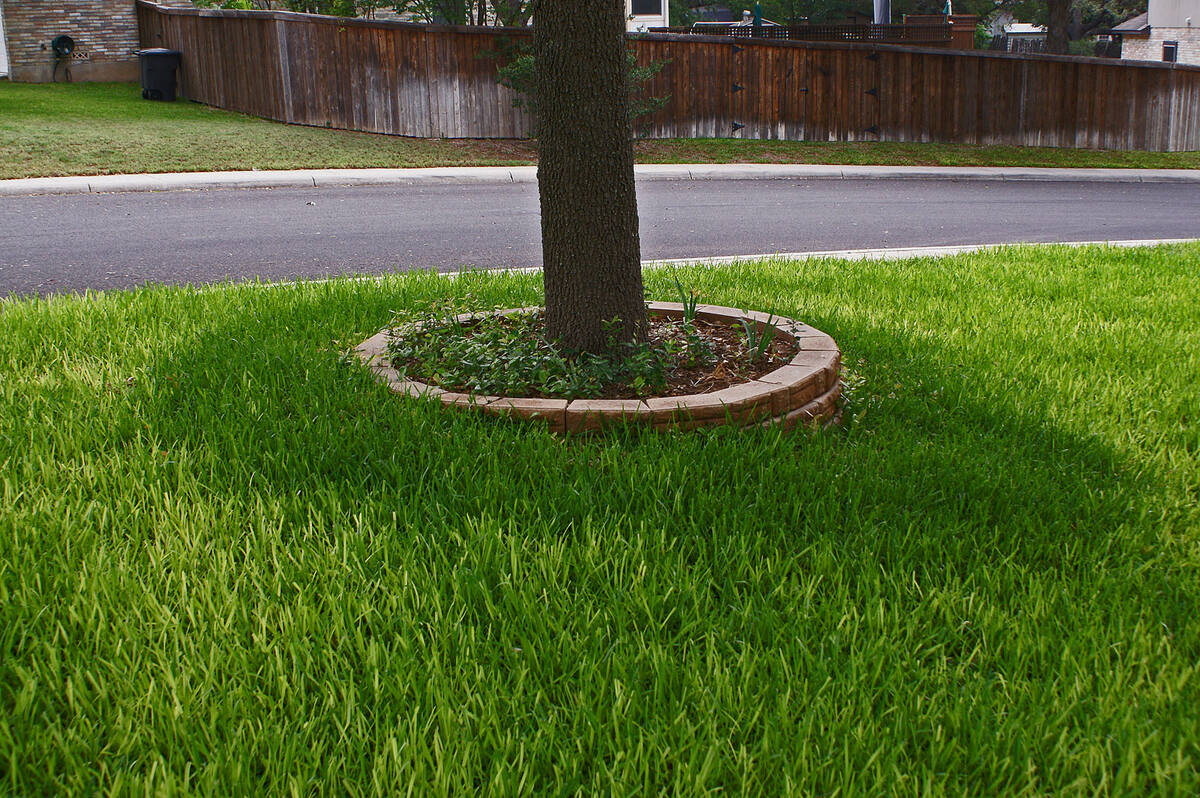
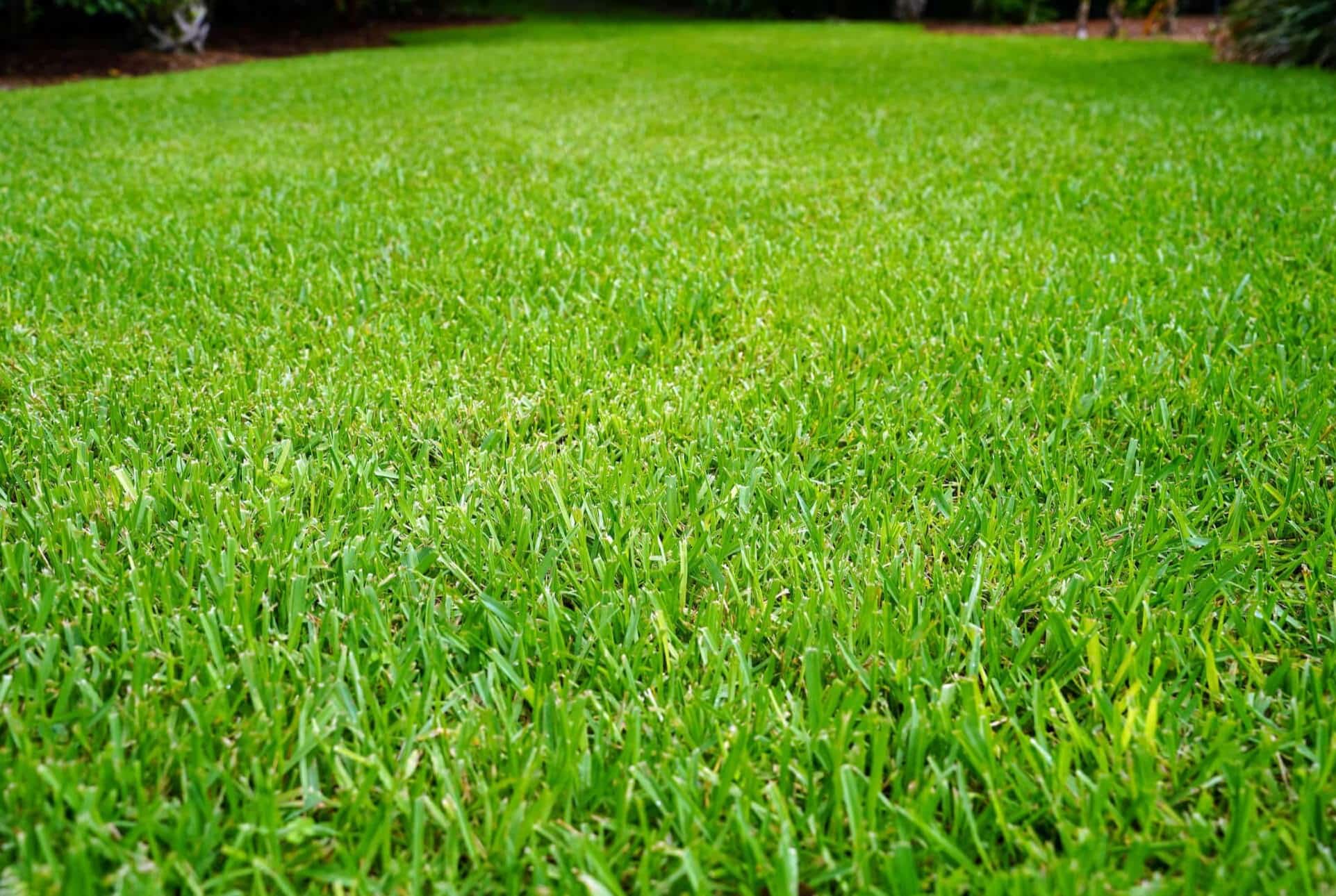
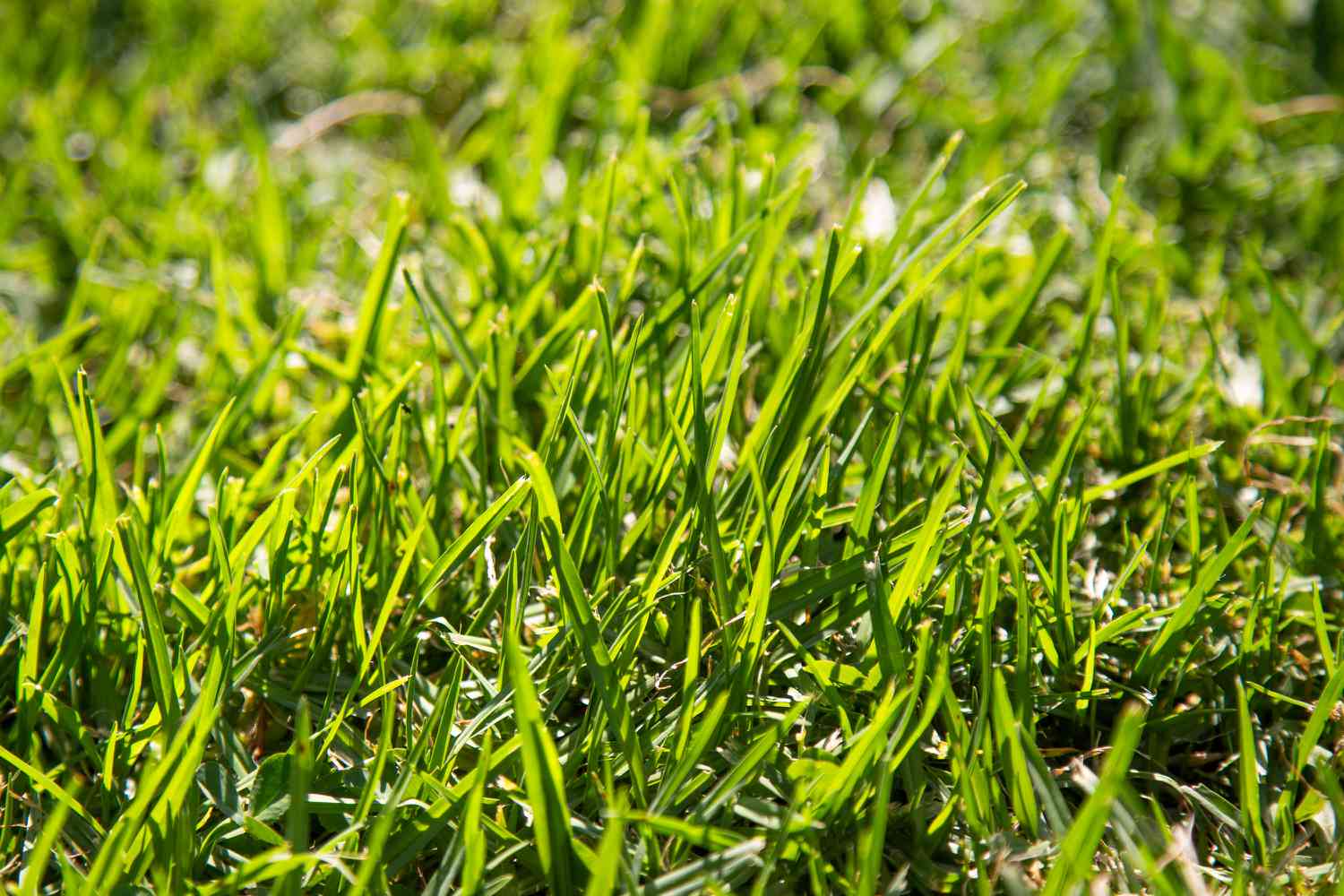
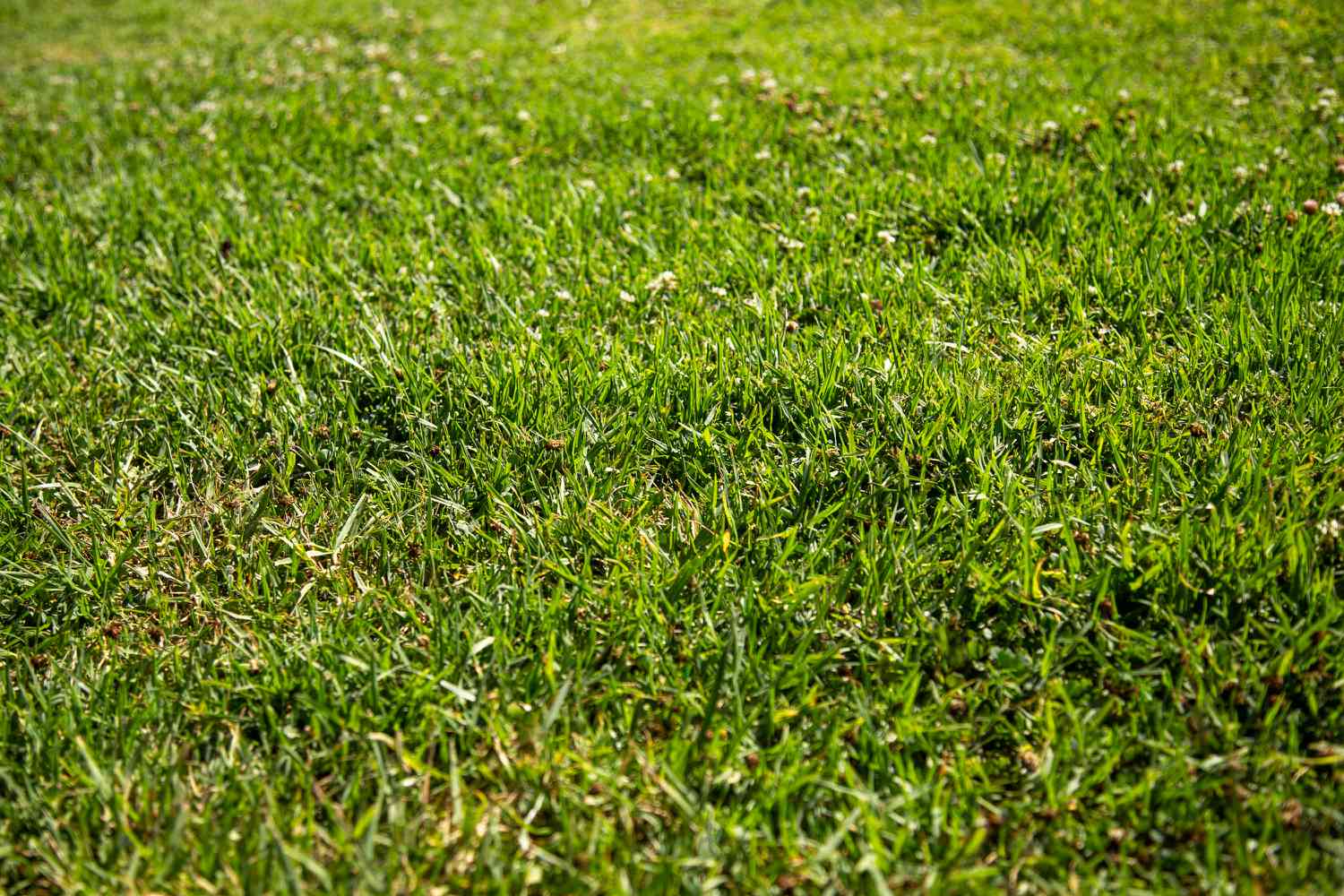
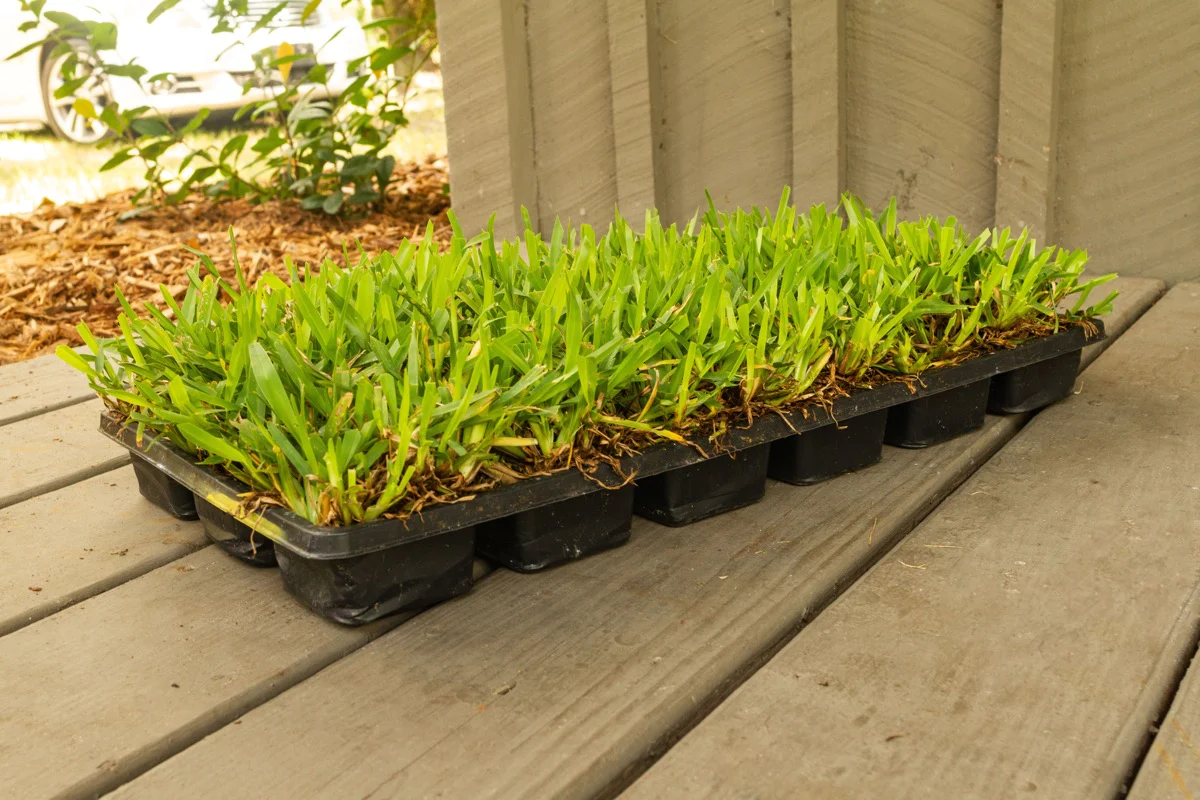
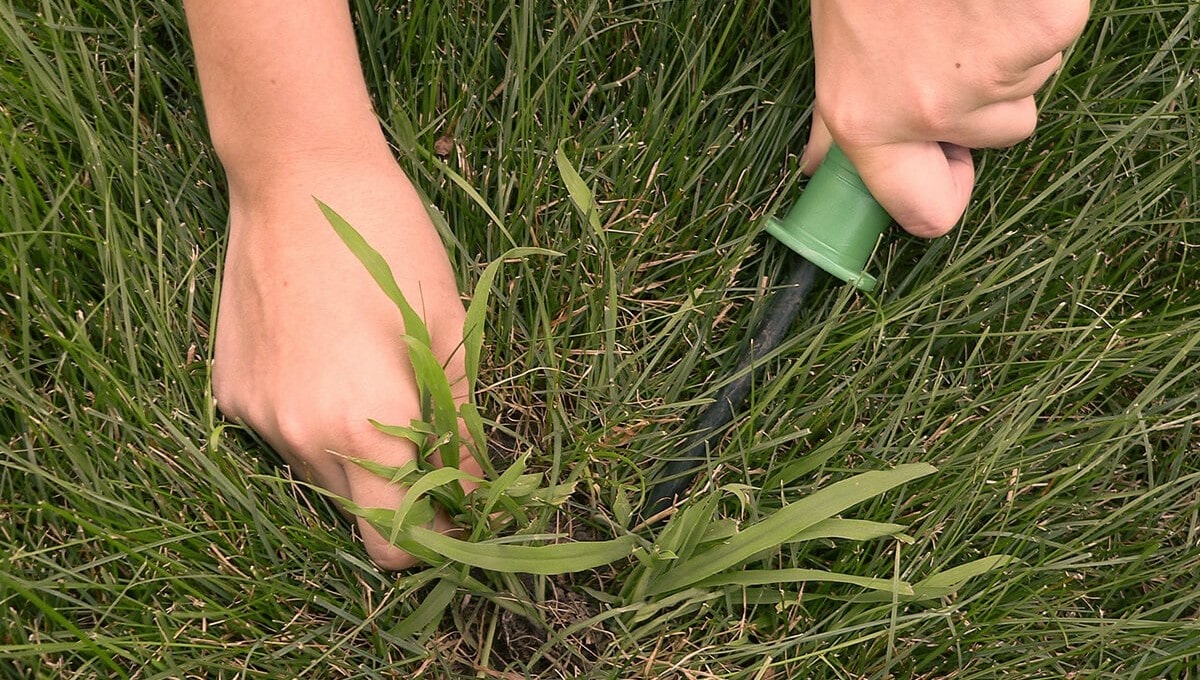
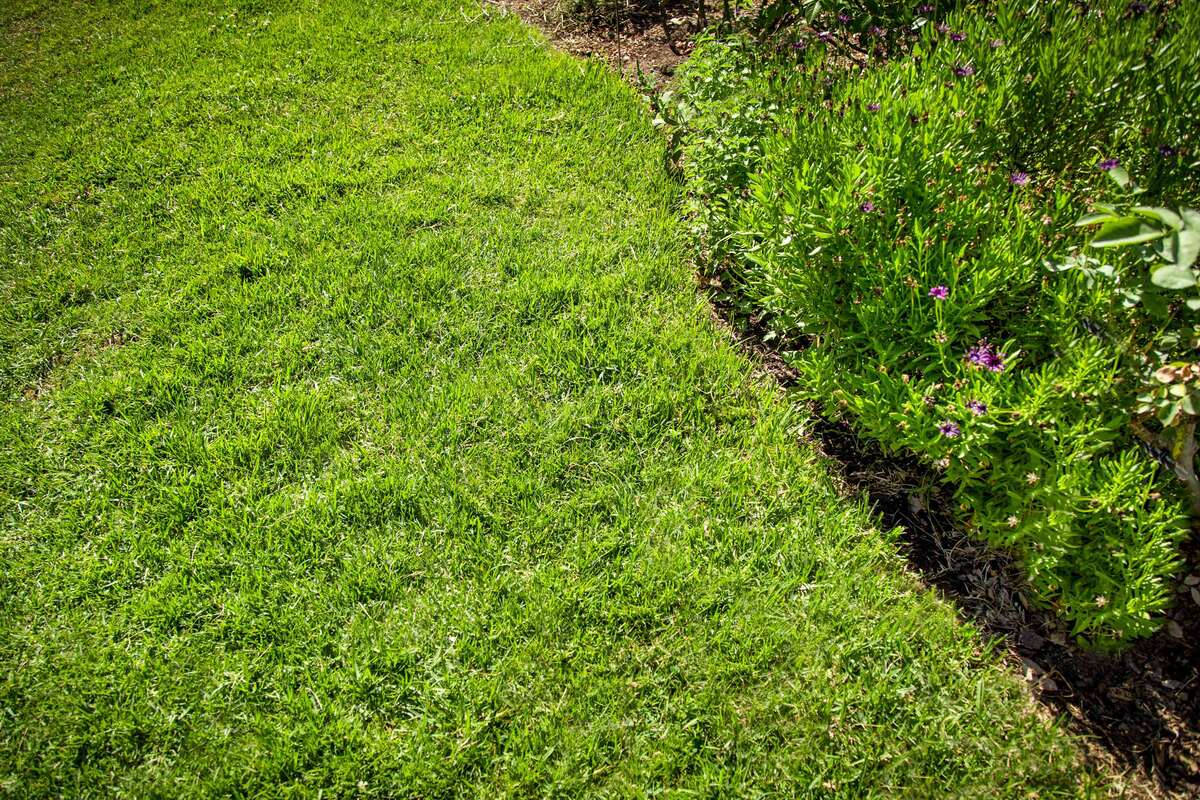
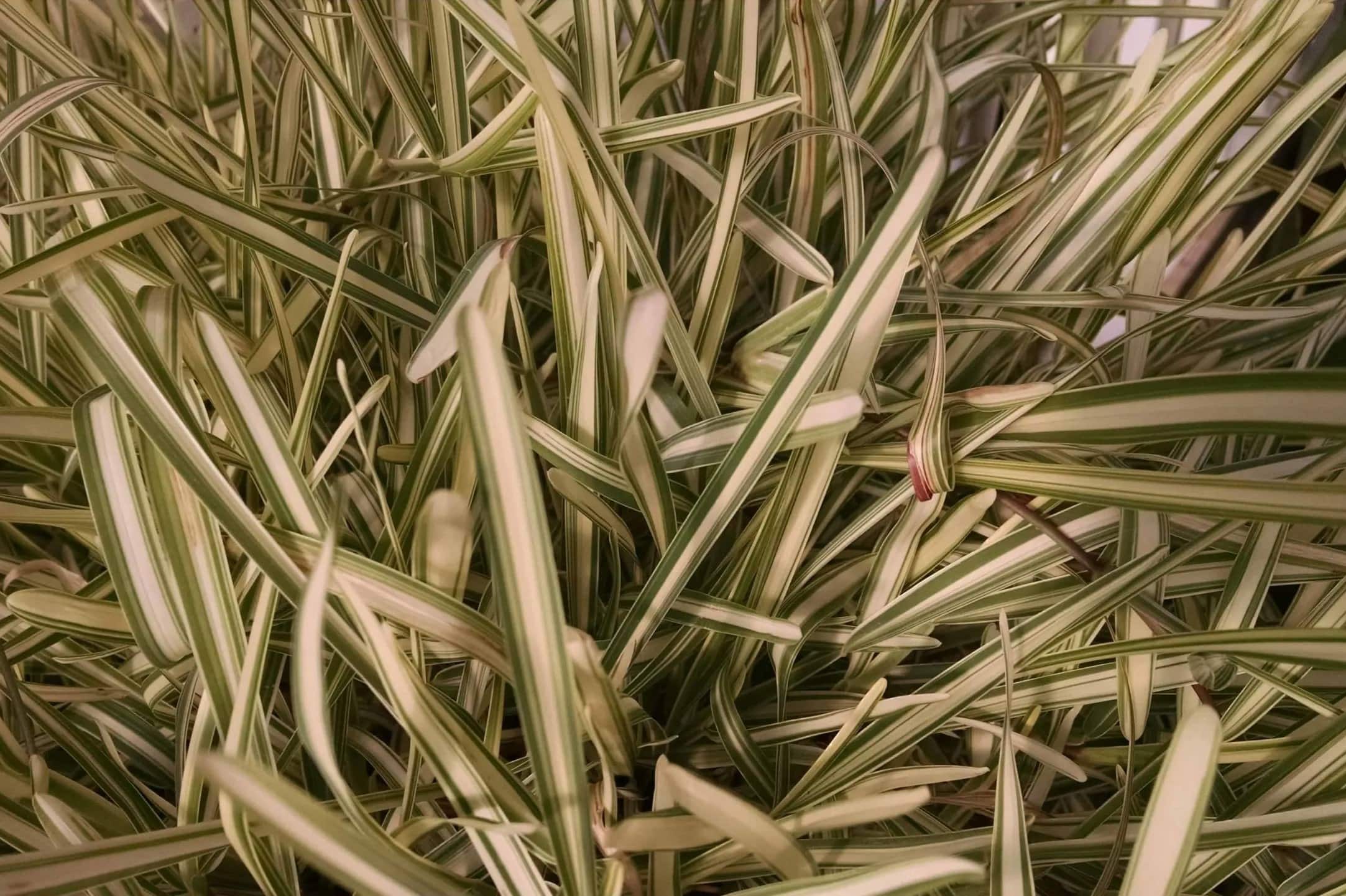
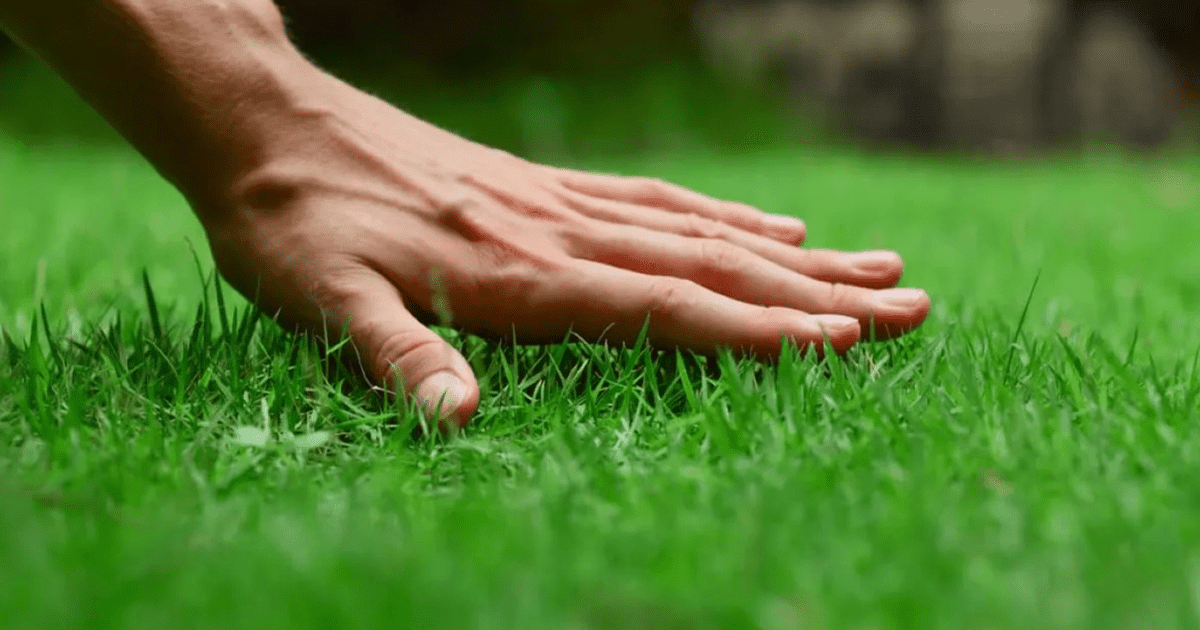
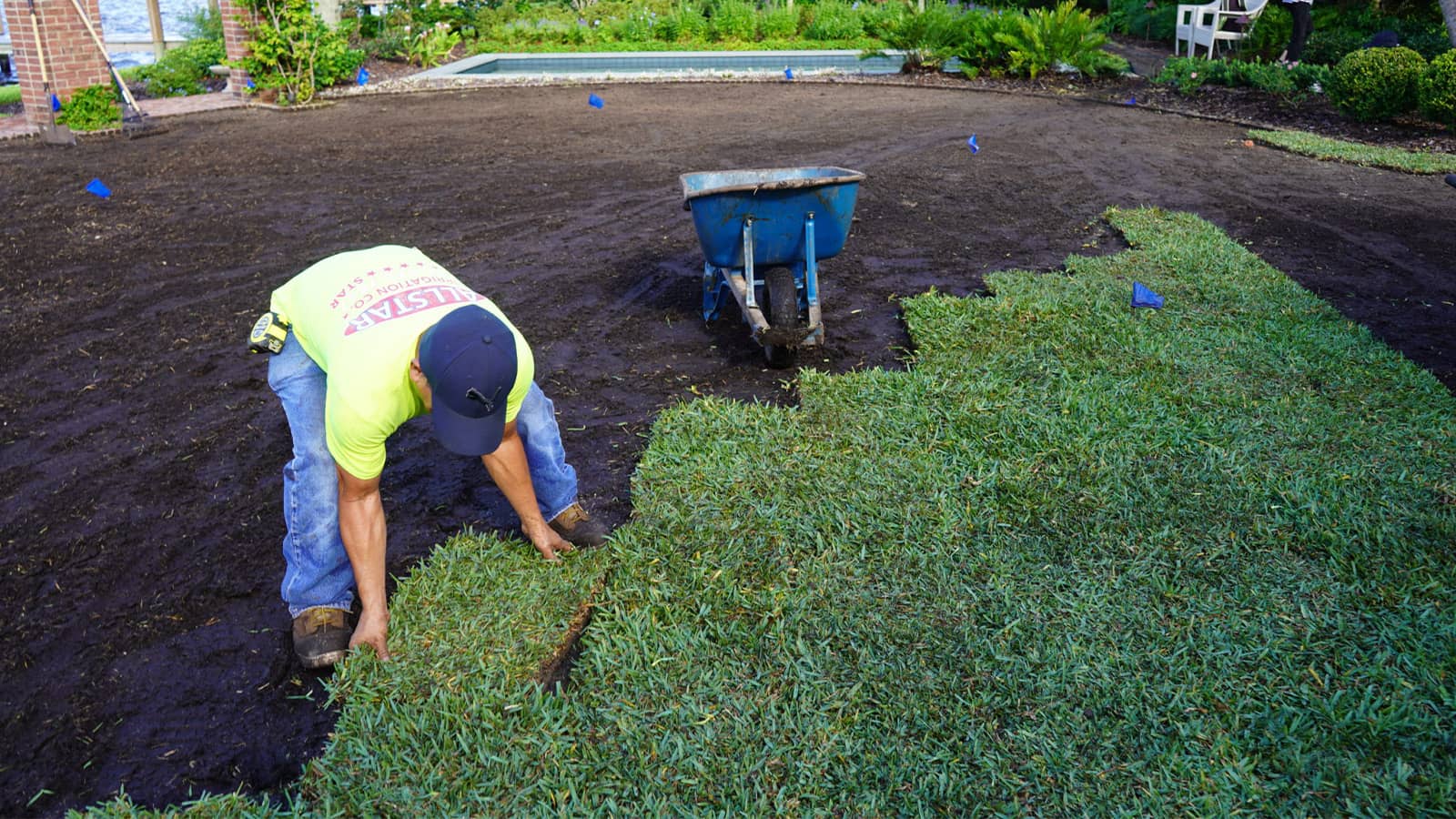
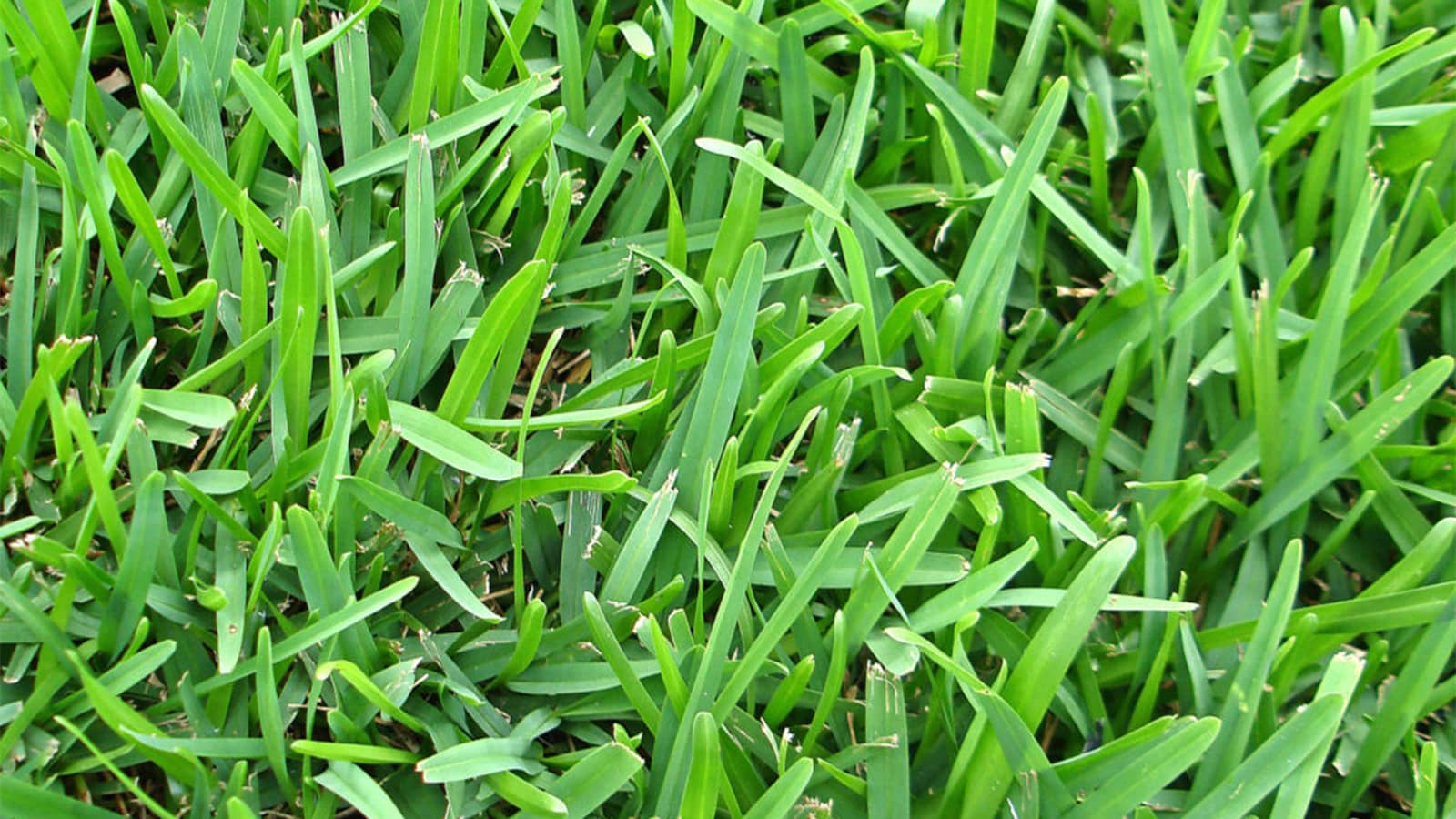
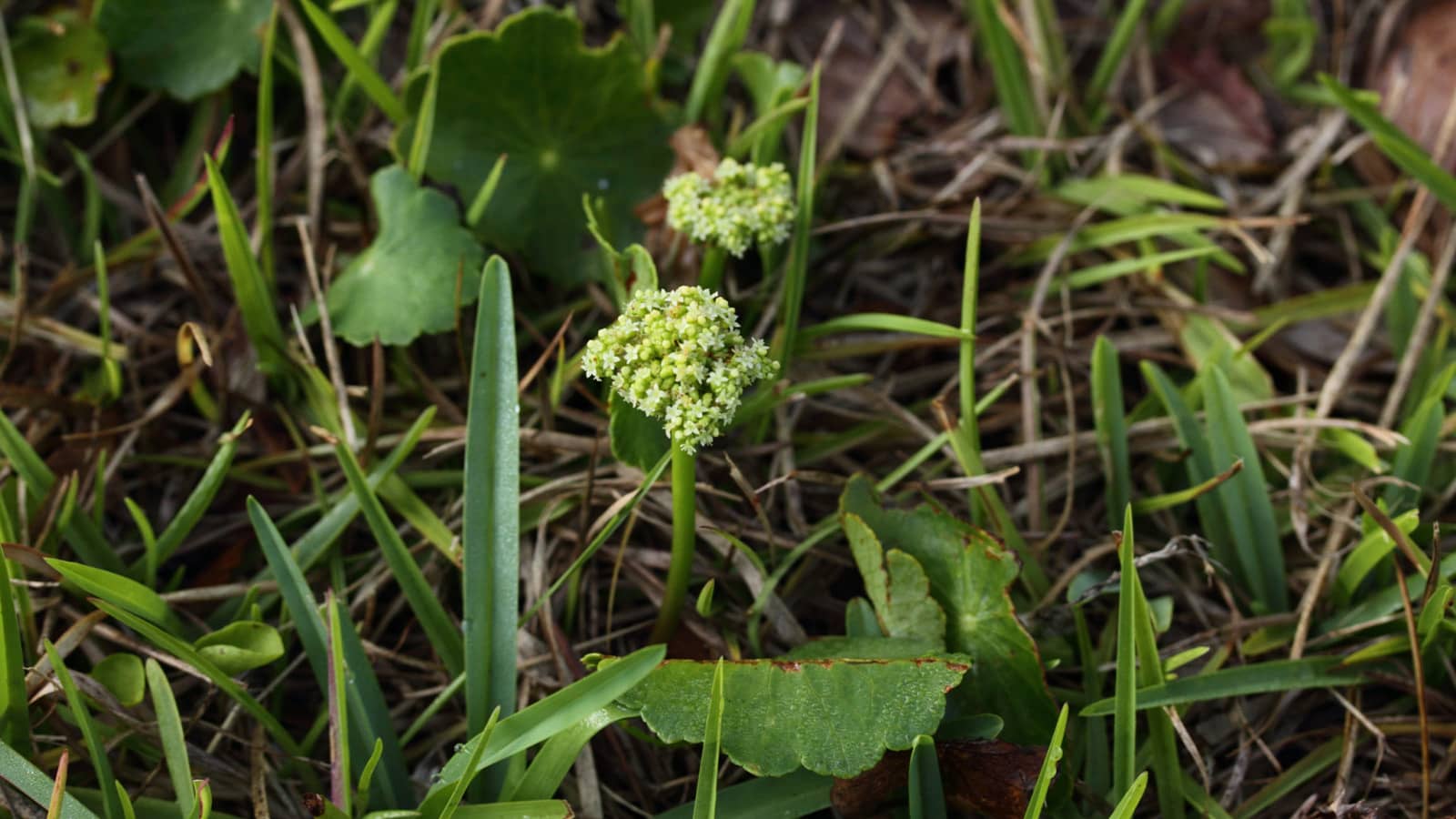
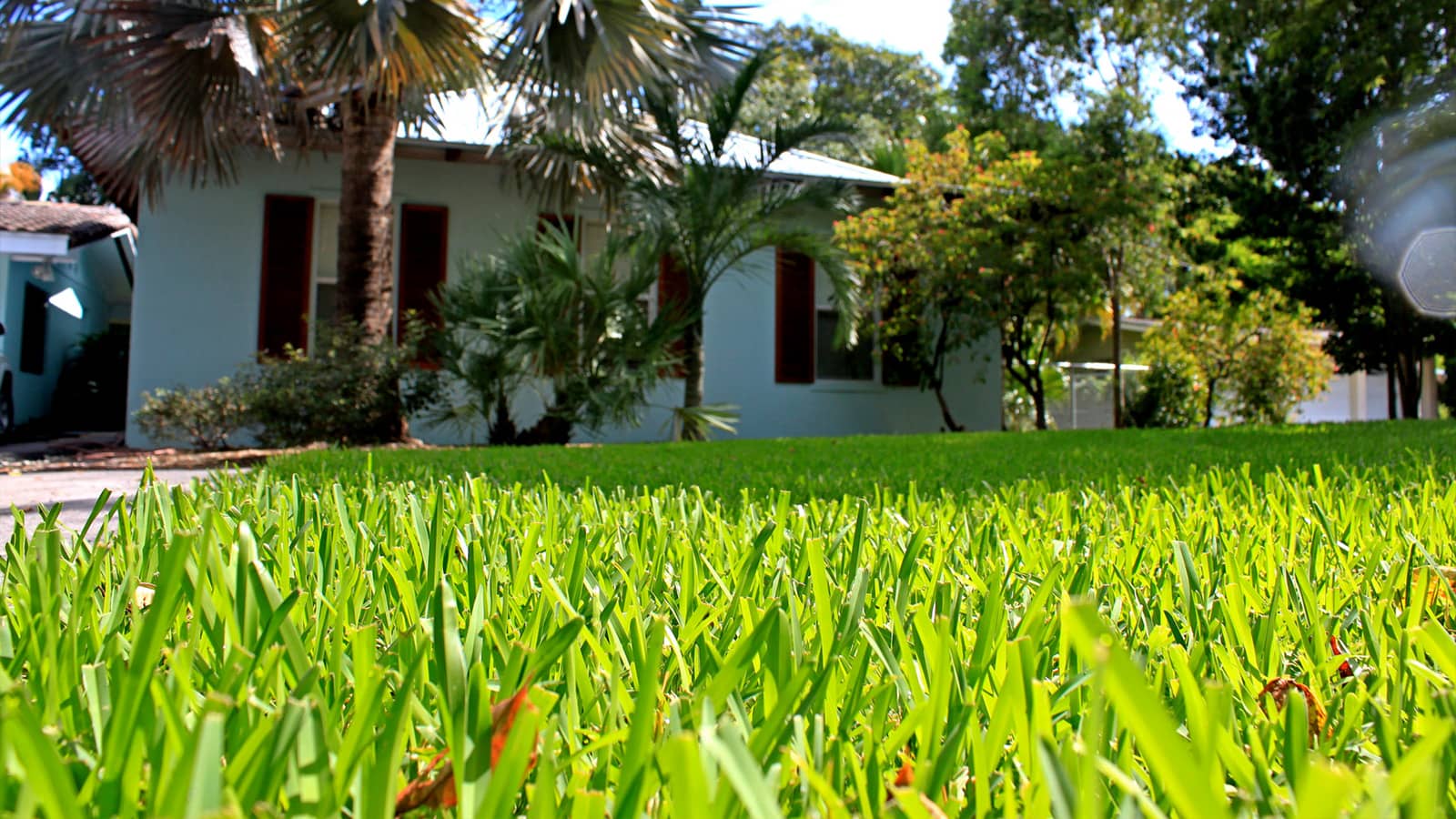
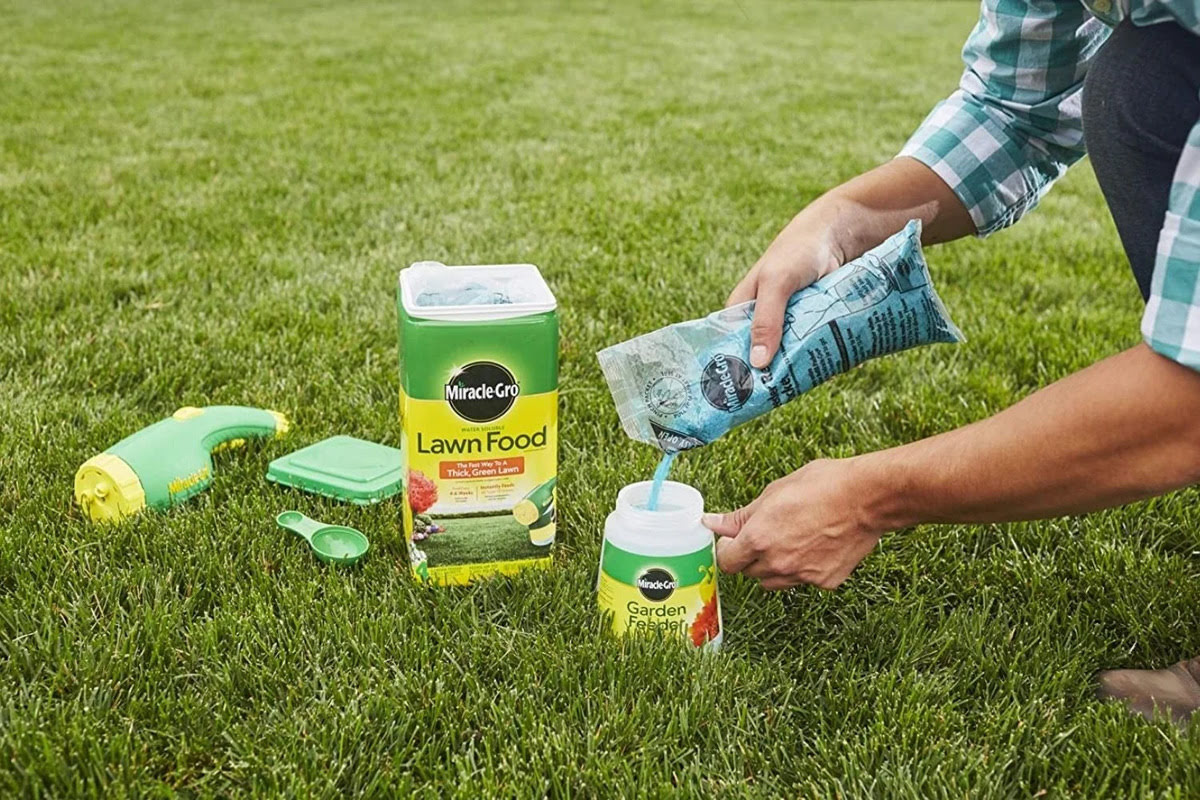

0 thoughts on “How Long To Water St. Augustine Grass”